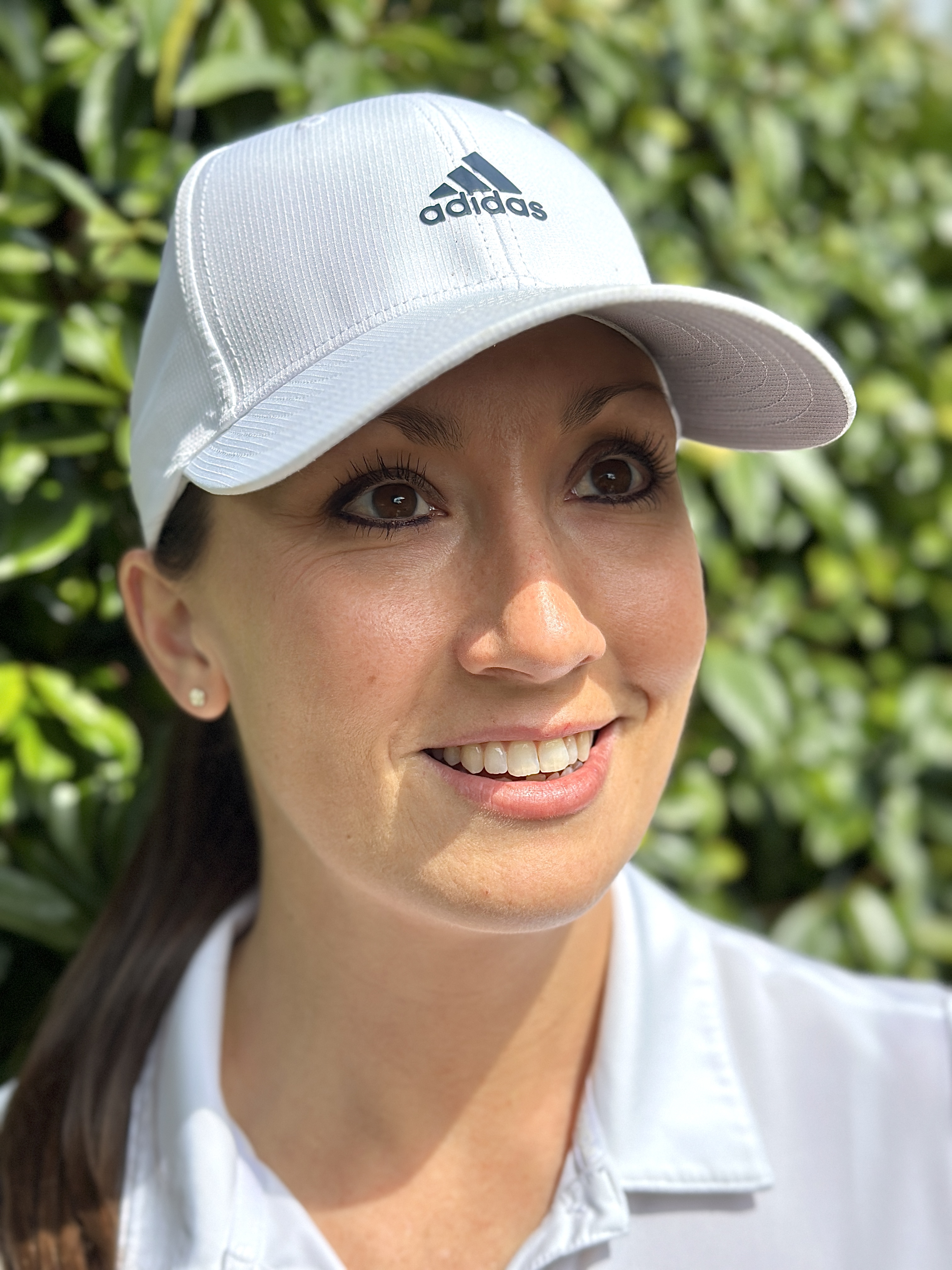How To Think Like A Single Figure Golfer (No Matter Your Handicap) For Fast Gains
Elevate your game with single figure golfer Jess Ratcliffe's proven tips and strategies
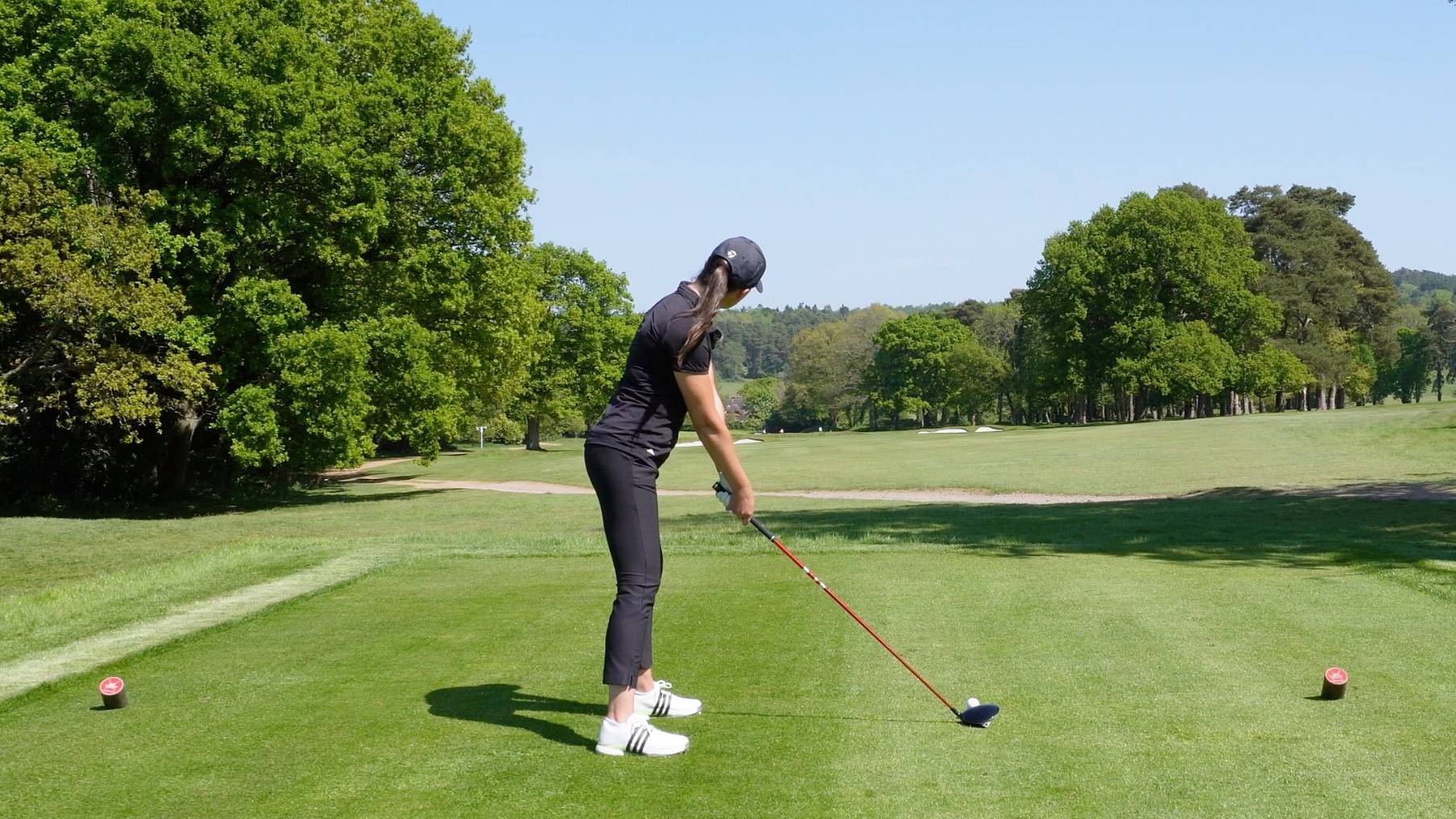

One of the biggest lessons I’ve learned on my journey from high handicapper to single figures is this: it’s more about having a single-figure mindset than a single-figure swing.
Before I broke into single digits, I thought it was all about having the “perfect” swing – the kind that would effortlessly find fairways and hit greens. But the truth is, you can be a single-figure golfer with a playable rather than perfect swing.
Looking back on how I cut my handicap from 34 to 9 in a year, it was learning to think like a single-figure golfer – even when my scores didn’t show it (yet) – that helped the most.
So if you’re a high handicapper looking to improve, these are the mindset shifts that made the biggest difference for me and can for you too.
Strategy Beats “Should”
One of the most powerful shifts you can make is to let go of what you think you “should” do and focus instead on what will help you score.
You don’t have to hit driver just because it’s a par 4 or 5. You don’t have to go for the green on a par 3 if it’s more likely that you’ll end up in trouble, rather than reach it.
This isn’t about playing overly safe but if experience tells you that you “always” find that fairway trap when you take driver on that par 4, change your approach.
Subscribe to the Golf Monthly newsletter to stay up to date with all the latest tour news, equipment news, reviews, head-to-heads and buyer’s guides from our team of experienced experts.
For example, there’s a few holes at my home course (West Surrey), where I’ll take an iron or hybrid off the tee because I know that 8 times out of 10, I’m giving myself a better next shot than if I just reach for driver because I think I “should”.

Plot Your Way Back From The Pin
Before every tee shot, approach or lay-up, ask yourself: where do I want to be for my next shot?
This might be picking a target that gives you a better angle into the green or that takes the trouble out of play.
For example, I’ll harness this strategy on a par 4 at my home club that has two fairway bunkers right up the middle. Knowing you’ve got to aim left or right to avoid them, I’ll pick my target off the tee based on where the pin is. When it’s at the front, I’ll aim up the left because that gives me more room with my approach. But when it’s a middle or back pin, I’ll aim up the right to do the same.
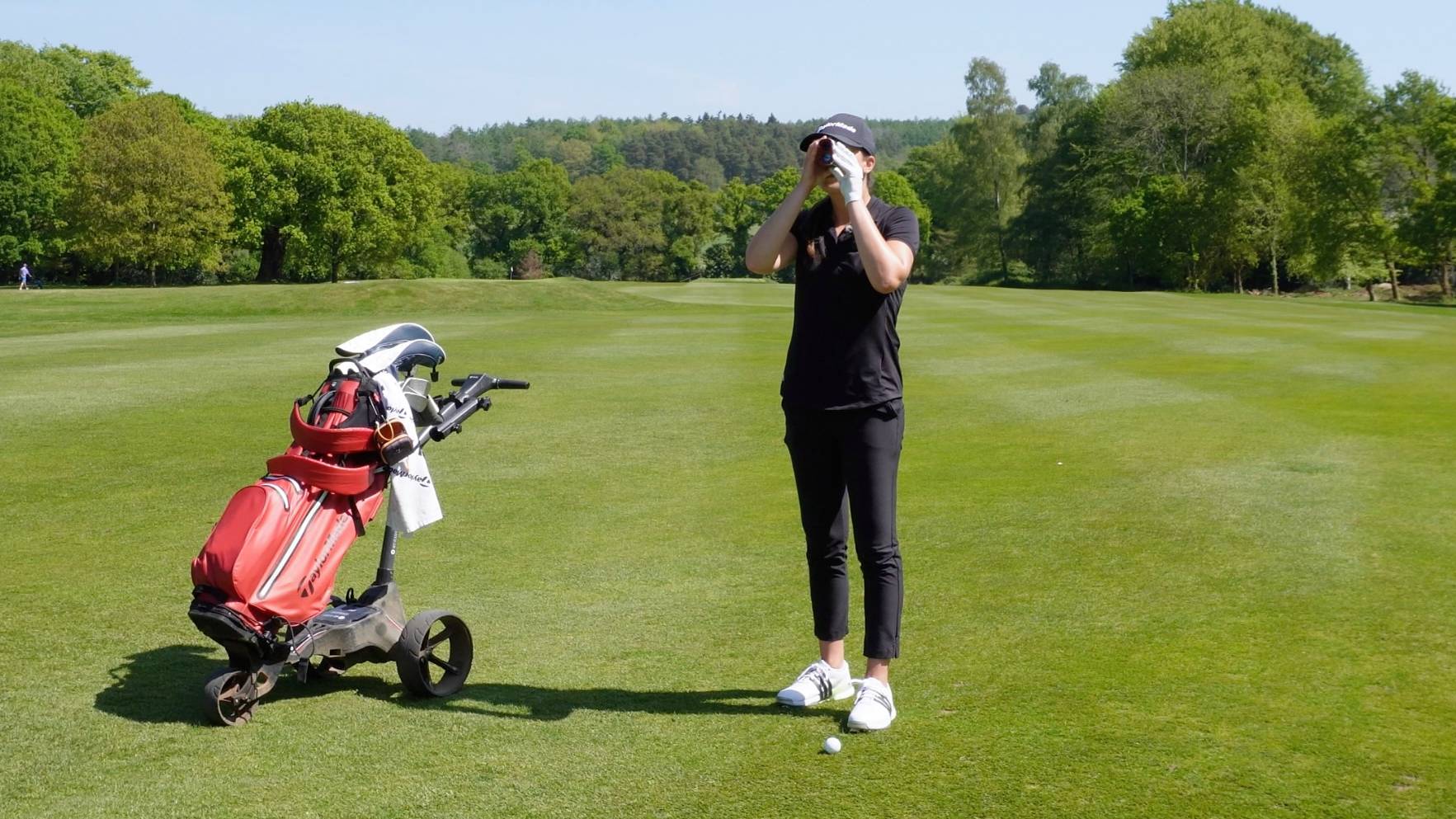
Know The Best Place To Miss
You won’t hit every shot perfectly and that’s okay. What matters is where you miss.
Before every shot, ask yourself: where’s the best miss? That question alone can save you multiple shots a round.
For example, if you struggle with bunkers, take those traps out of play by aiming for the middle of the green rather than a front pin. Or if there’s plenty of room long, choose a club that gives you a good chance of making your next shot a putt, rather than a short-game scramble.
This isn’t about playing with the expectation of missing – it’s about allowing for it in case you do.
Play The Swing You've Got Today
Some days, everything clicks. Other days, nothing feels right.
So if you find yourself leaking a few shots out the left, don’t keep aiming straight and hope it will fix itself. Adapt to the shot you’ve got that day by picking a target that allows for it.
I’ve played too many rounds where I’ll fight what’s happening in my swing and try to fix it on the course. It never works. Now, I’ll save that work for the range and instead of trying to change my swing, I’ll change my strategy – picking targets that play for what I’ve got, rather than against it.
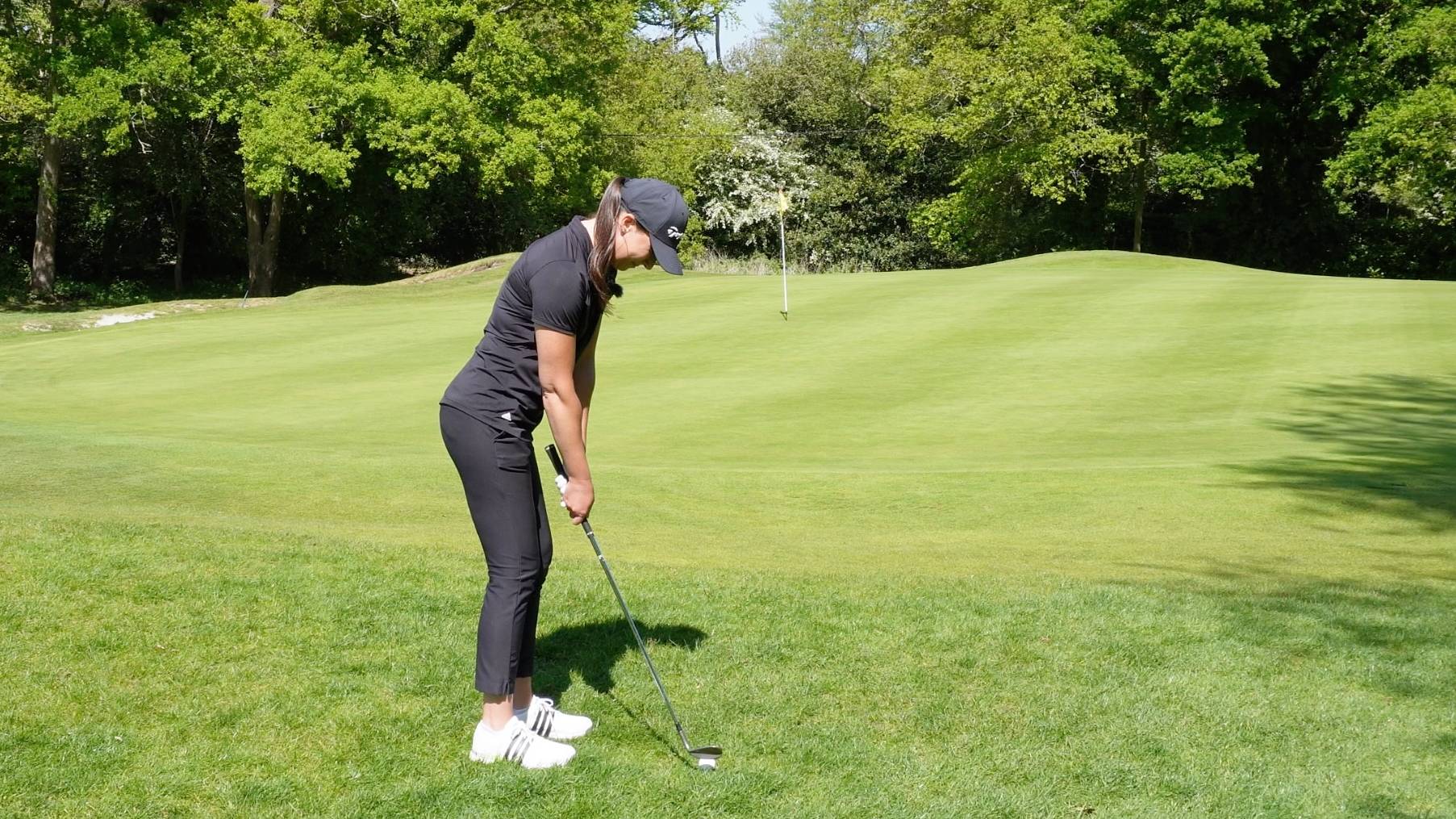
Be Selfish (In A Good Way)
Do you ever find yourself rushing because you’re worried about being slow? And then kicking yourself after you’ve hit a wonky shot.
This is when it’s time to be “selfish” with your shots – in the right way. Stick to your routine, rather than ditch it because you’re rushing. Reset, rather than regret, if you don’t feel comfortable over your shot.
I’ve learned the hard way that rushing never results in good shots. Now I think of it like this: I’m going to take time over my shots and make up time between my shots – walking with purpose to my ball, thinking ahead and being ready to play.
Be positively “selfish” with your game rather than sacrificing your score with those rushed tee shots or under-read putts. You’ll not only score better, you’ll actually play faster because you’re not wasting shots you have to recover from.
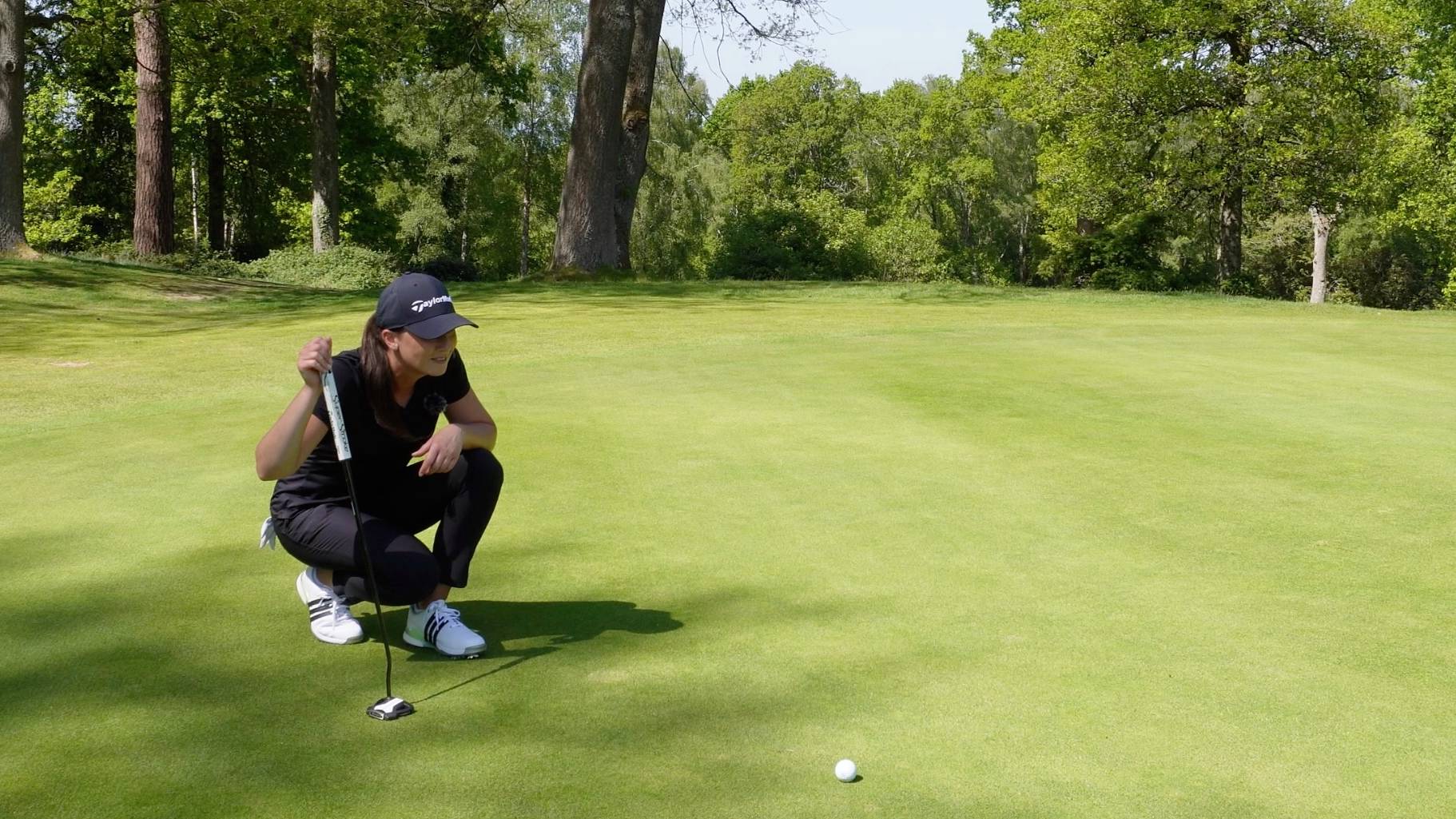
Track Why You Lost Shots, Not Just Where
I’ve always tracked where I’ve lost shots on the course, like those 50 yarders that don’t get close enough or lag putts that leave me with too much work to do. It’s that mindset of looking for the leaky parts of my game and then focusing my practice there that helped me get to single figures.
But it’s about more than tracking where, it’s about identifying why.
For example, was that duffed chip down to technique or going against your gut to putt instead? And was that wayward tee shot, down to alignment or skipping your routine because you rushed?
That’s why I created my Shots Lost Scorecard – a simple tool that helps you track not just where you’ve lost shots, but why. So you can pinpoint the patterns that cost you the most and use that data to focus your practice and drive your decisions on the course.
Get a free copy of my Shots Lost Scorecard. Follow Jess on Instagram, where she shares how she’s working on her game.
After cutting her handicap from 34 to 9 in a year, Jess Ratcliffe is documenting how she’s working on her game to get really good at golf on her YouTube channel and Instagram.
You must confirm your public display name before commenting
Please logout and then login again, you will then be prompted to enter your display name.
